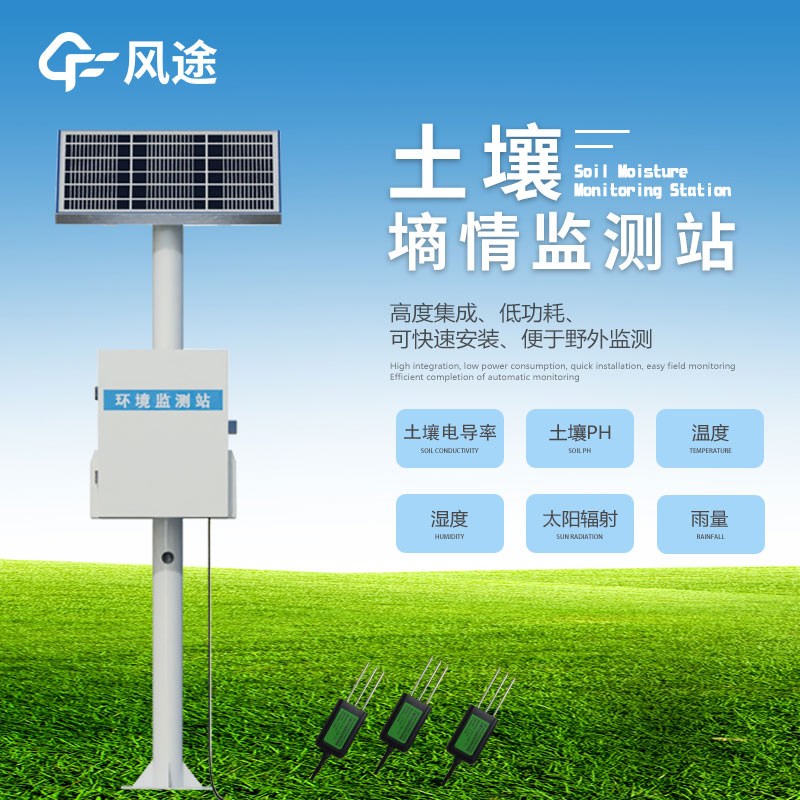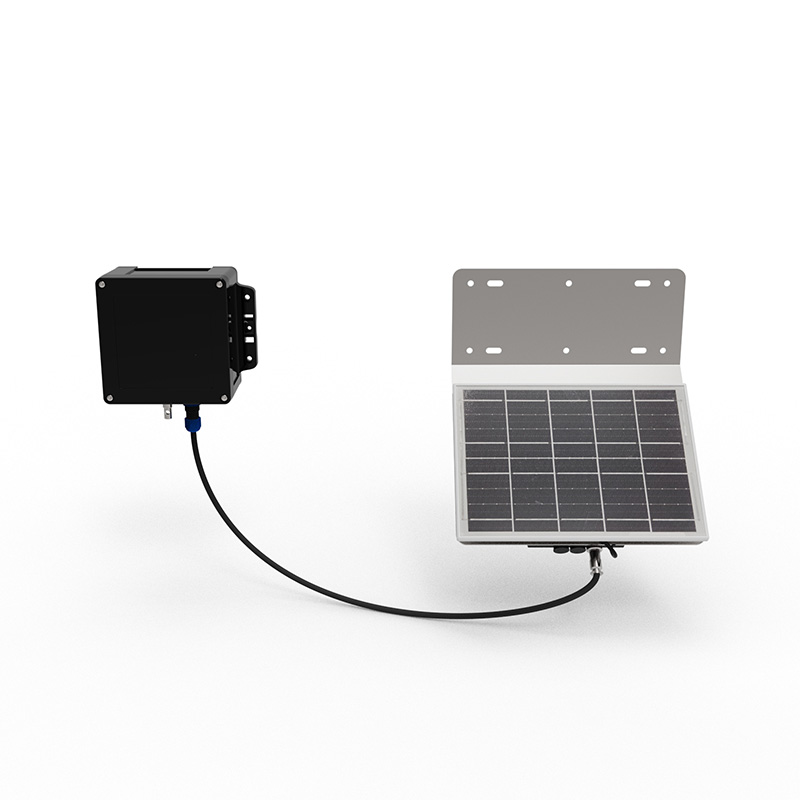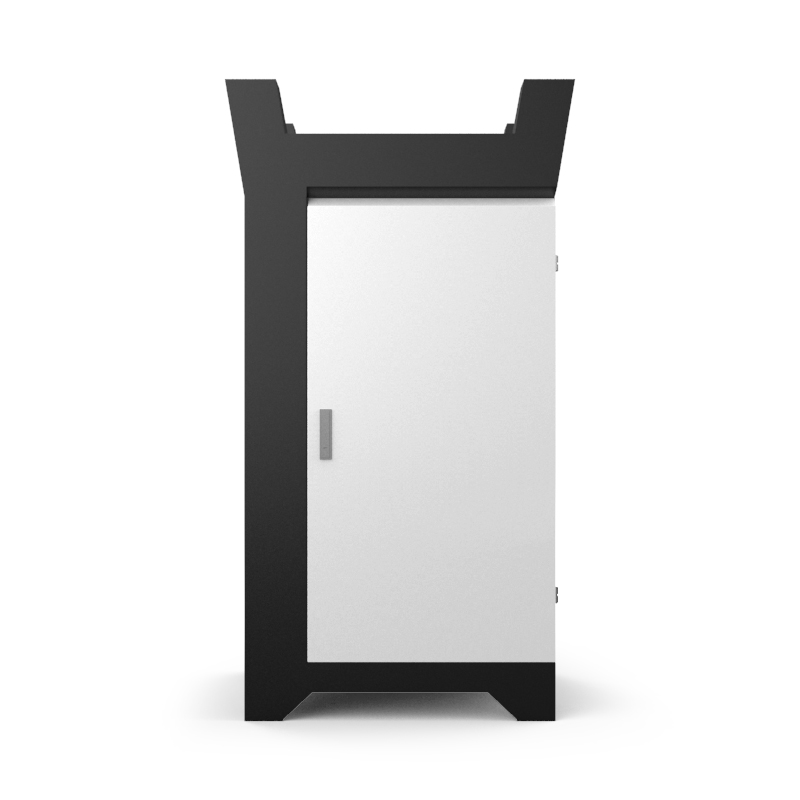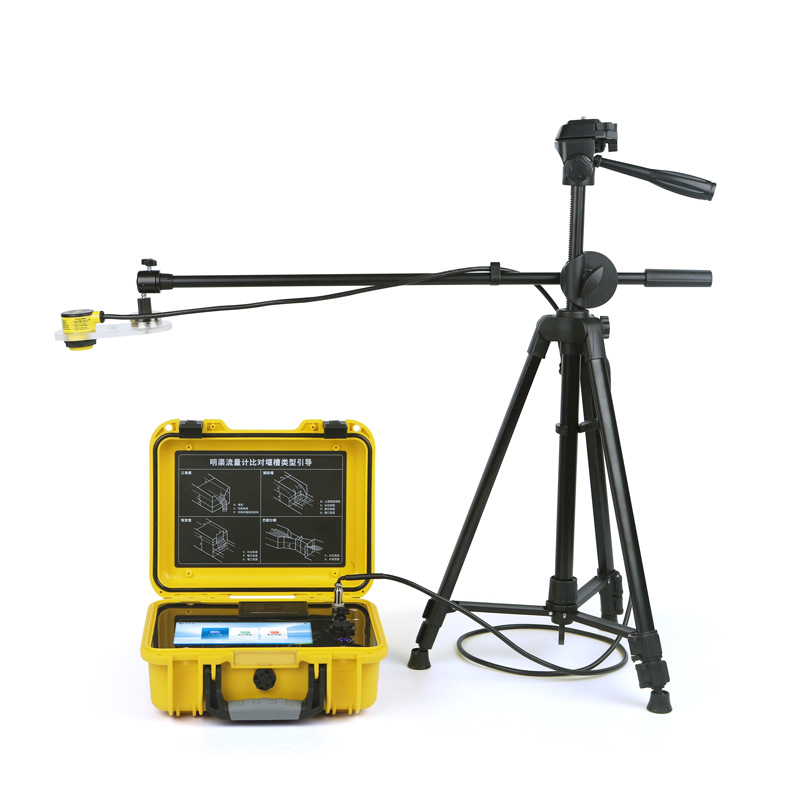Soil moisture monitoring equipment is mainly composed of three parts: sensors, data collection and transmission equipment, and data analysis and processing platforms. Sensors monitor various types of soil and meteorological information in real time. Soil moisture sensors use technologies such as Frequency Domain Reflectometry (FDR) or Time Domain Reflectometry (TDR) to accurately measure the water content of different soil layers. Soil temperature sensors can detect changes in soil temperature. The weather station integrates multiple meteorological parameter collection modules such as air temperature and humidity, rainfall, light intensity, wind speed, and wind direction to comprehensively collect atmospheric environment information.
The data collection and transmission equipment aggregates the data collected by the sensors and transmits it to the data analysis and processing platform through various methods. The transmission methods are flexible and diverse, including LoRa, 4G/5G, satellite, etc. For remote areas, satellite transmission can be used to ensure no data loss; in areas with good signals, 4G/5G can achieve high-speed and stable data transmission. The data collector supports multi-channel parallel processing, the recording interval can be adjusted according to needs, and the storage capacity is sufficient, ensuring data continuity.
By monitoring soil water content in real time, the system can promptly detect soil drought conditions. Once the soil moisture is lower than the set crop water demand threshold, the system will quickly activate the early warning mechanism and notify farmers or relevant departments via text messages, emails, etc. In addition, the system will use professional algorithms to generate precise irrigation plans based on soil moisture and meteorological data, automatically control irrigation equipment for scientific irrigation, avoid waste of water resources, and achieve significant water-saving effects compared with traditional irrigation methods.
The system monitors parameters such as soil temperature and humidity, electrical conductivity, and pH value for a long time and continuously. Through in-depth analysis of these data, it can evaluate soil fertility and determine whether the soil has degradation problems such as salinization and acidification. For example, electrical conductivity sensors reflect soil salt content, helping to understand the degree of soil salinization; pH sensors can intuitively show soil acidity and alkalinity. Using long-term accumulated data, soil change trend graphs can also be drawn to provide a scientific basis for soil improvement and rational utilization.

This paper addresses:https://www.fengtusz.com/industry/803.html









